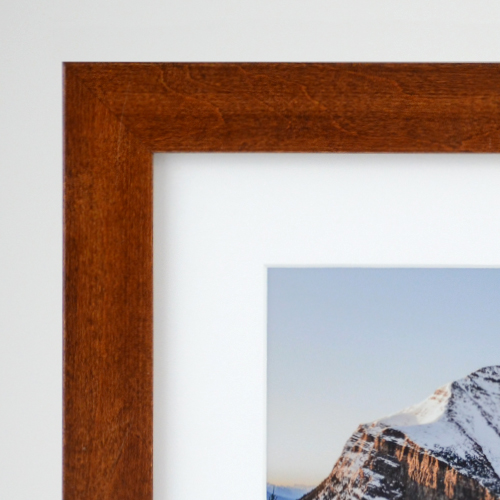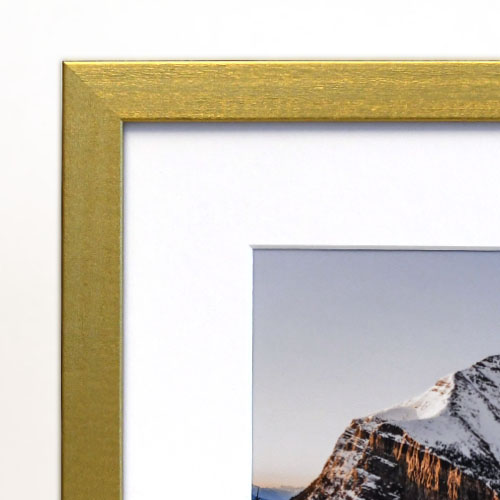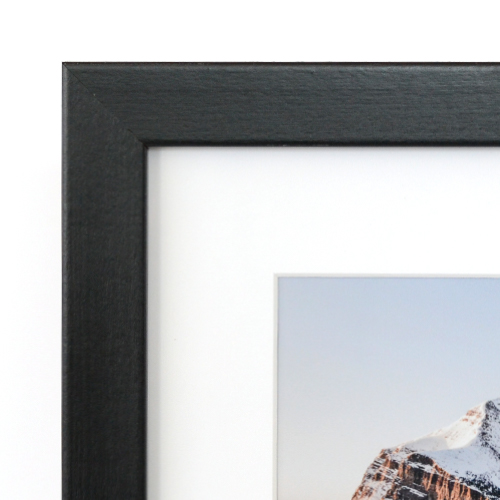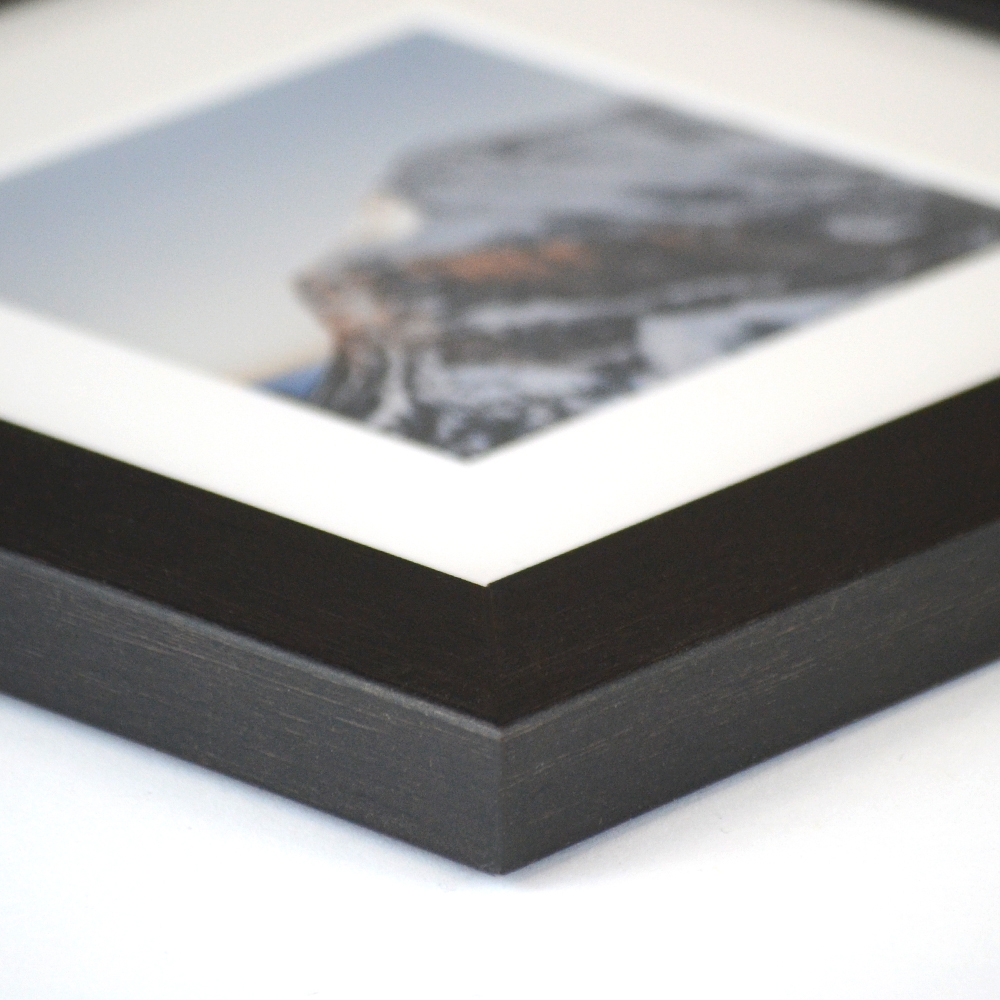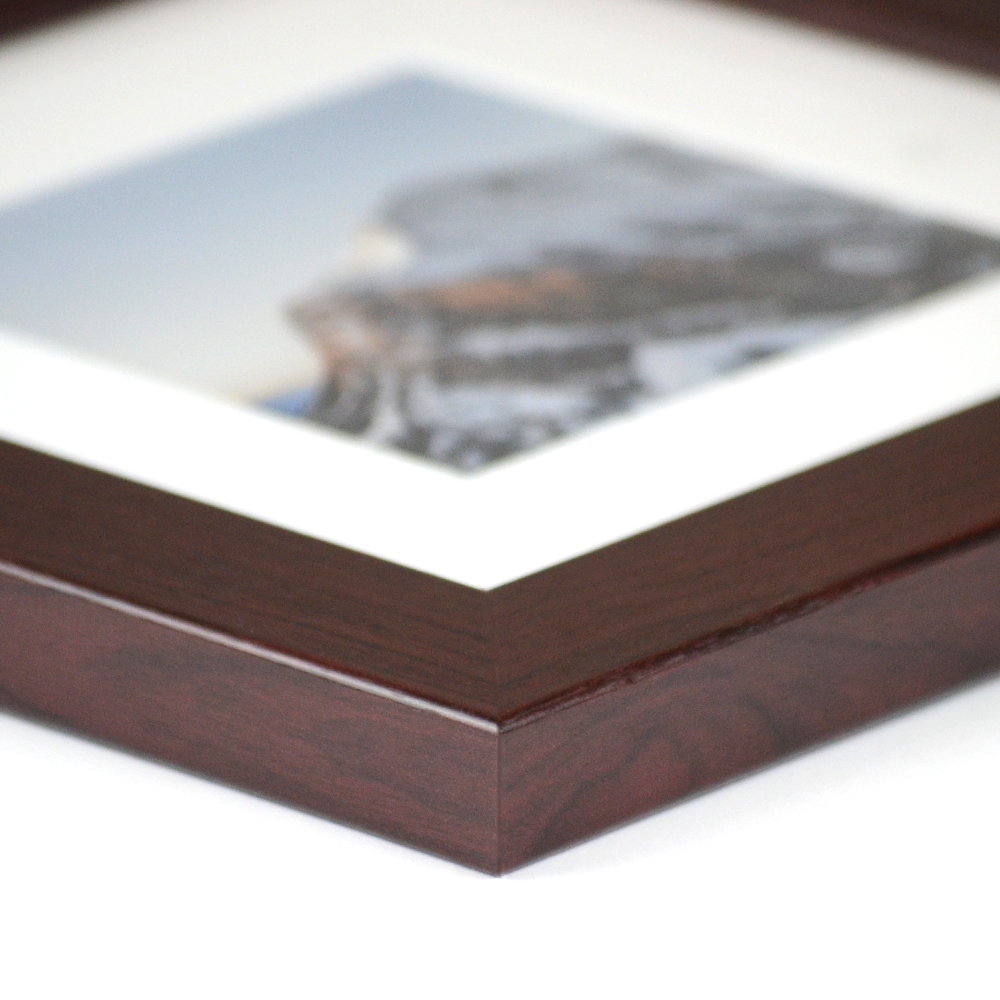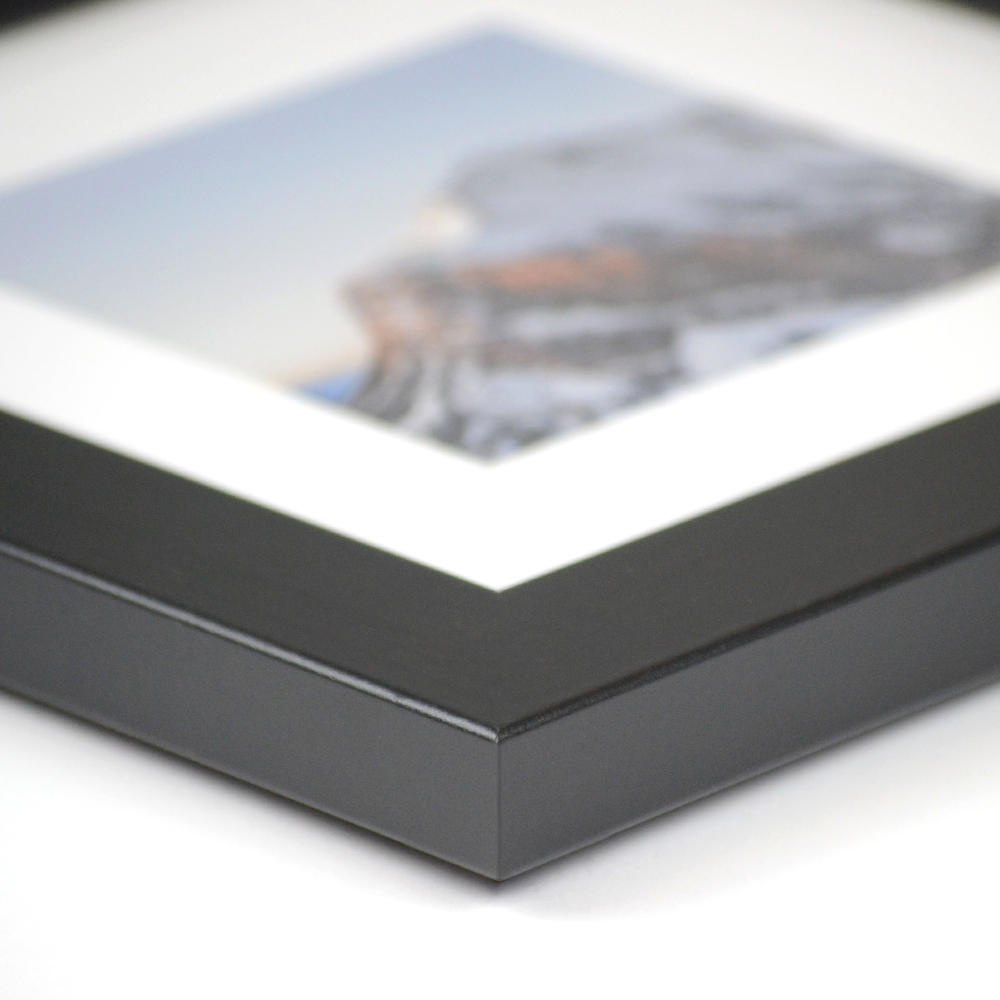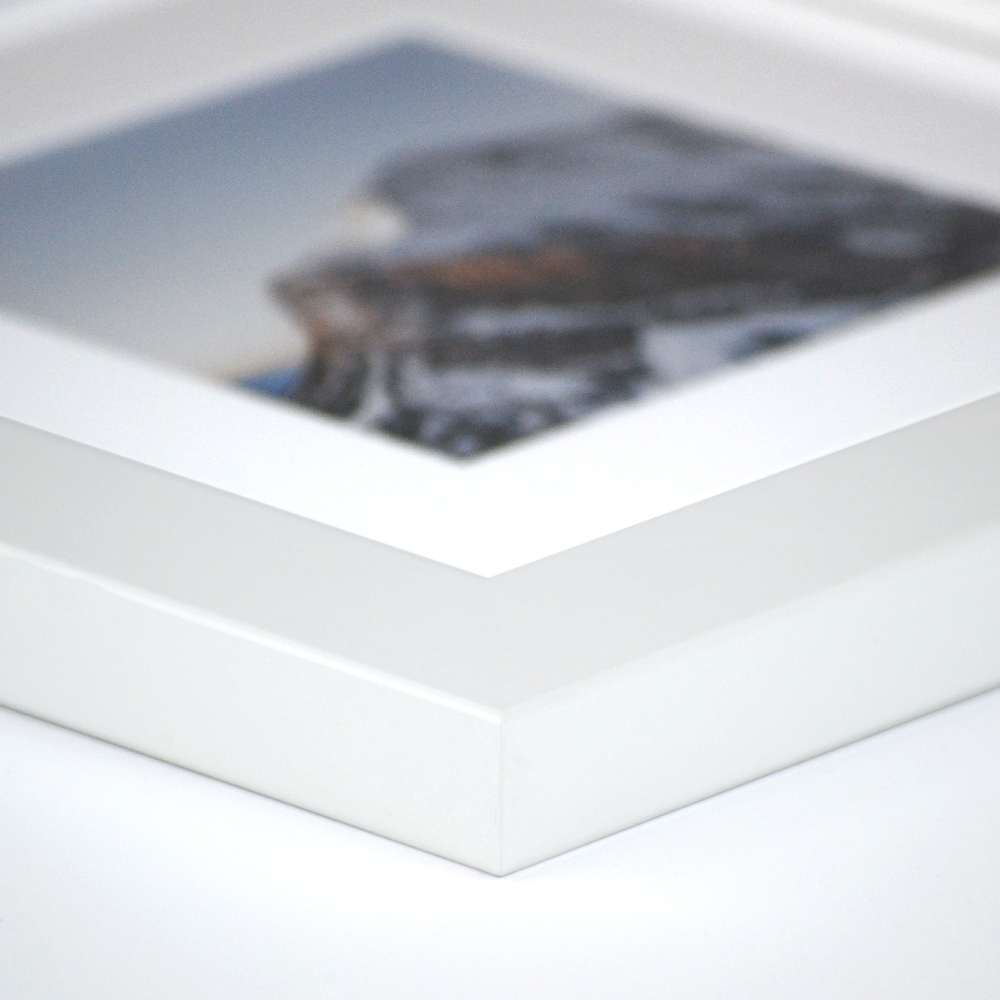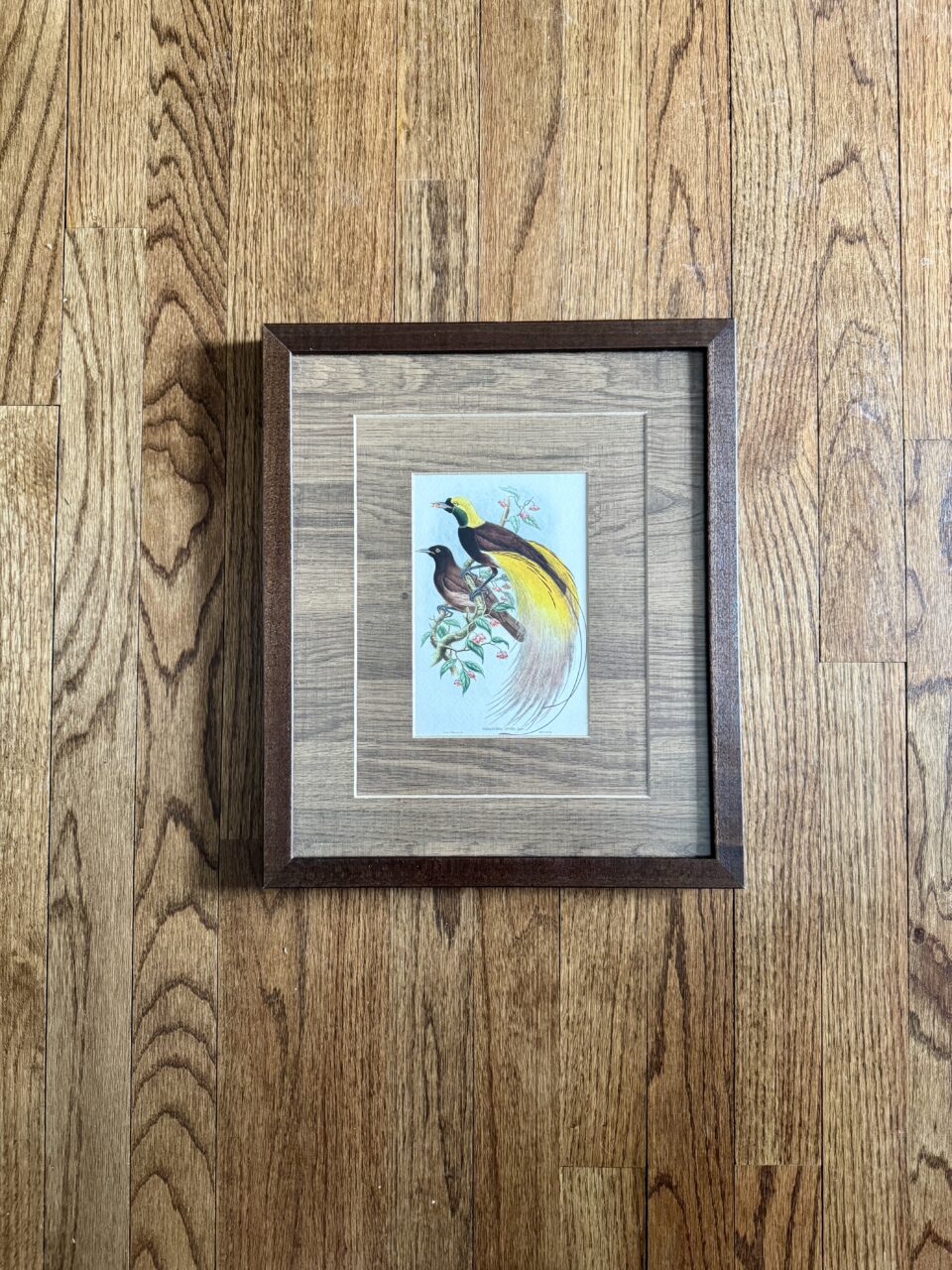
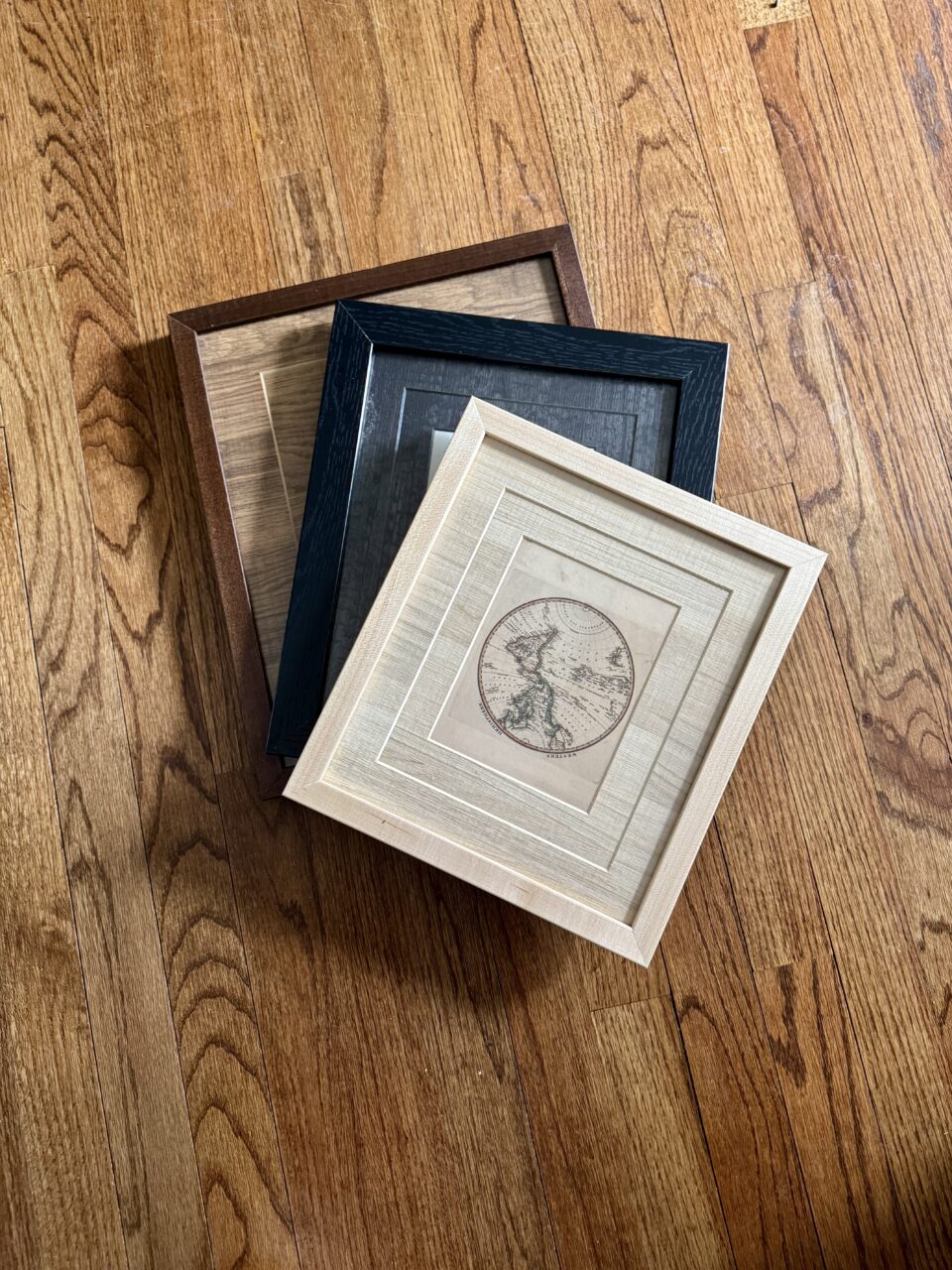

What are the three types of wood frames? Wood frame types can be made of natural wood, finger-jointed poplar, or medium-density fiberboard (MDF). But do you know the difference?
The good news is that all are, in one form or another, wood picture frames. MDF frames might have gone through a bit more processing than the others, but it’s still wood. While it’s all the same material, at least in its base form, each type has its differences in quality, cost, and aesthetic.
You may already have a preference regarding your wood frame types, or you may not be aware of the differences. Either way, we’re here to demystify and make everything easy to understand. Hopefully, after reading this, you’ll have a better idea of which style you prefer to order.
Natural Wood Picture Frames
Natural wood is exactly as it sounds: wood that has had little to no modification. This means Mother Nature’s charm may reveal itself! So, if you’re very picky about the grain pattern on your frame and want it to be consistent all the way around, this might not be the best choice.
Do note: This option is not as eco-friendly* as others. However, it’s still a very popular option. And while it is usually more expensive, some still prefer it due to its higher aesthetic value.
Since the grain pattern is natural, there’s no way to make it even or consistent. It just is how it is, in its natural state! In addition, no two patterns are the same, and there could be unique features such as knots or grooves. So you might order the same product twice from the same vendor, and the frames would look a bit different. This is normal for our natural wood variations.
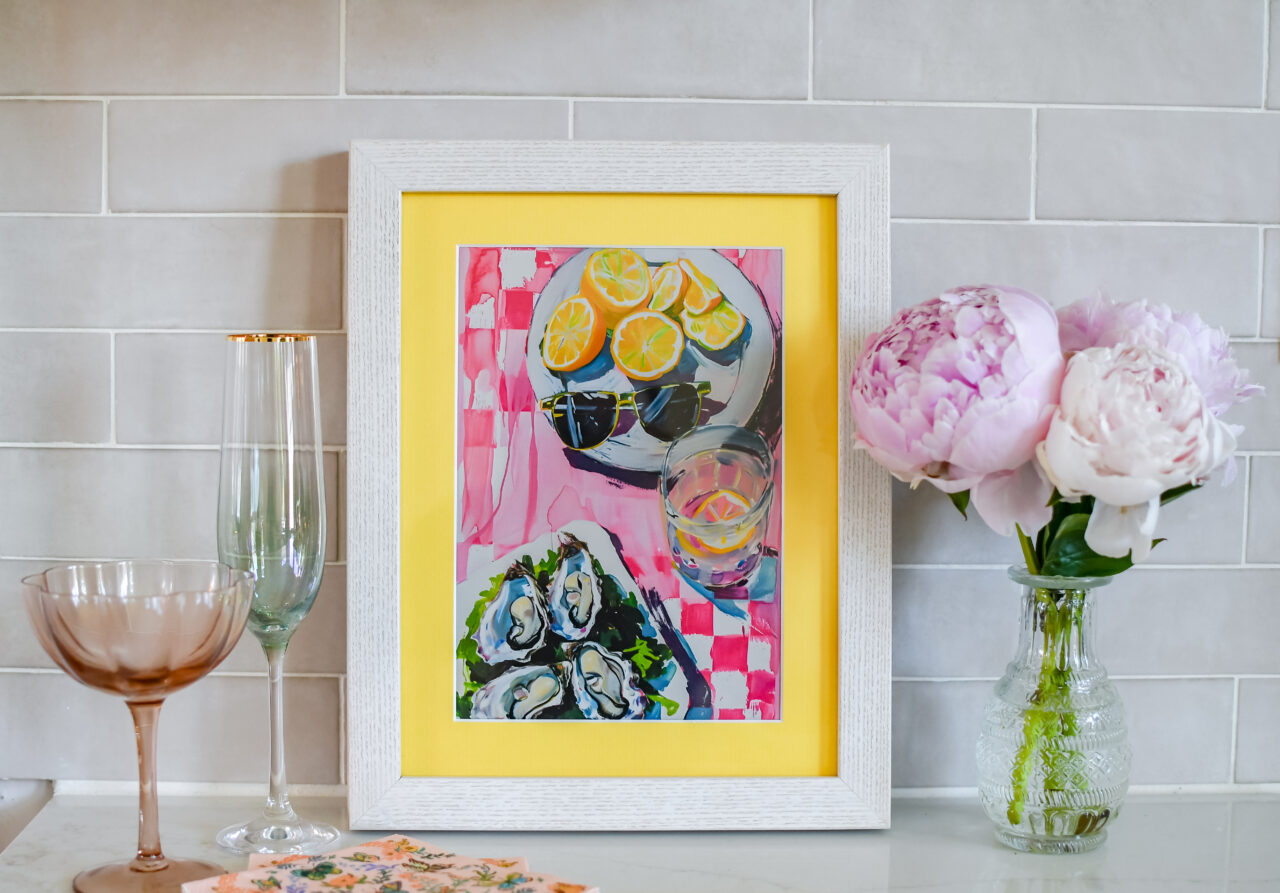
This could be good or bad, depending on your preference. Some farmhouse decor enthusiasts really like a unique pattern, while others don’t. You know us, though; we want you to be happy, so once you know the scoop, you can make your own decision.
While natural wood frames themselves are not recycled, by choosing material with sustainable forestry practices there is still some form of ecological consideration. Here at Frame It Easy we choose suppliers that are certified by the Sustainable Forestry Initiative, an organization that collaborates on forest-based conservation.
Finger-Jointed Poplar
This is where you might ask about the difference between natural wood poplar and its finger-jointed counterpart. Both wood frame types are made of the same type of wood, so is there really a difference, at least a substantive one? Well, yes, there is.
Finger-jointed poplar is the middle ground between natural wood and MDF, as it joins recycled wood pieces together. There has been some engineering or modification to it, but nowhere near the extent of MDF.
Our Derby, Bristol, and Granby frames are all finger-jointed poplar.
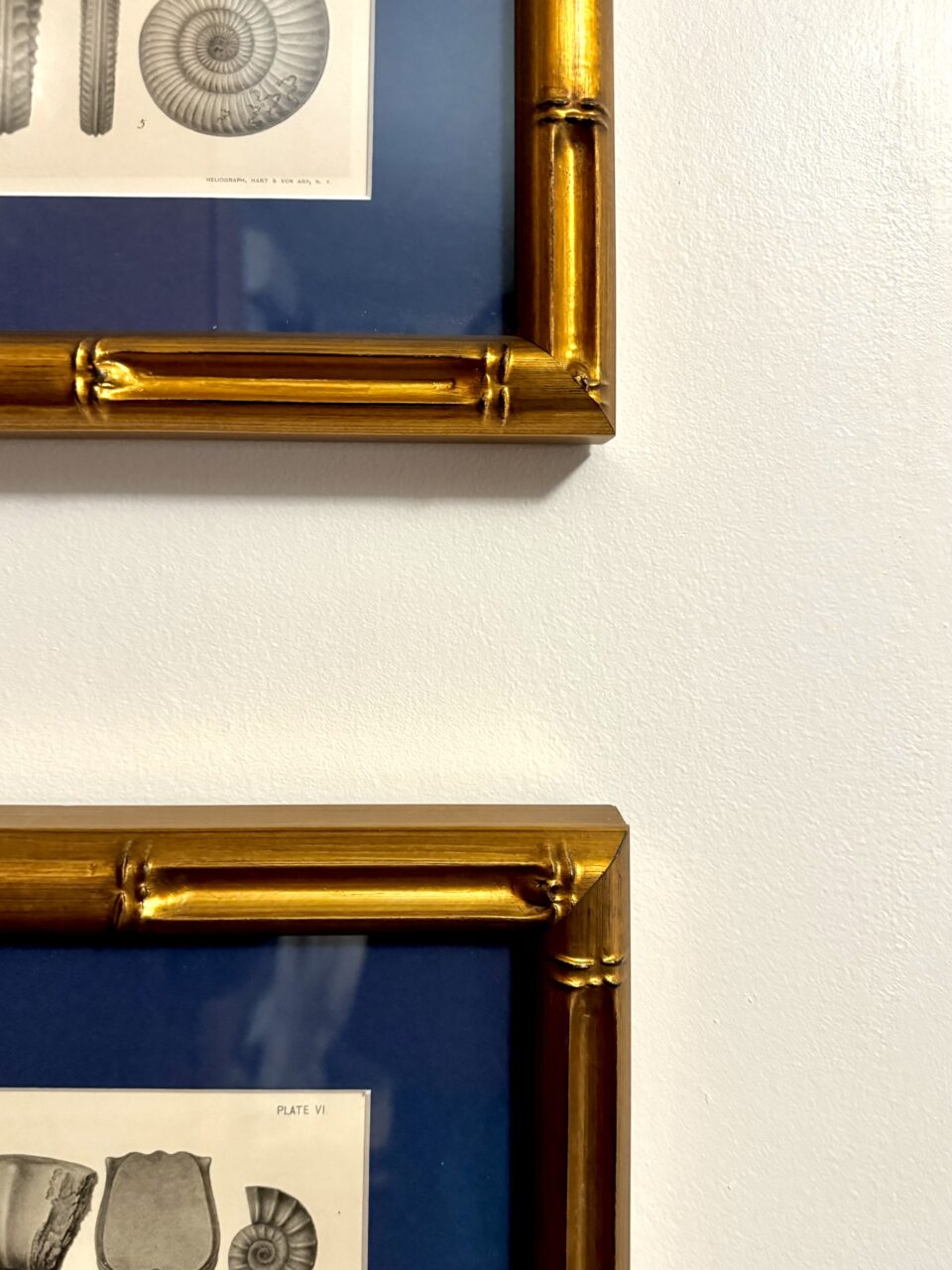
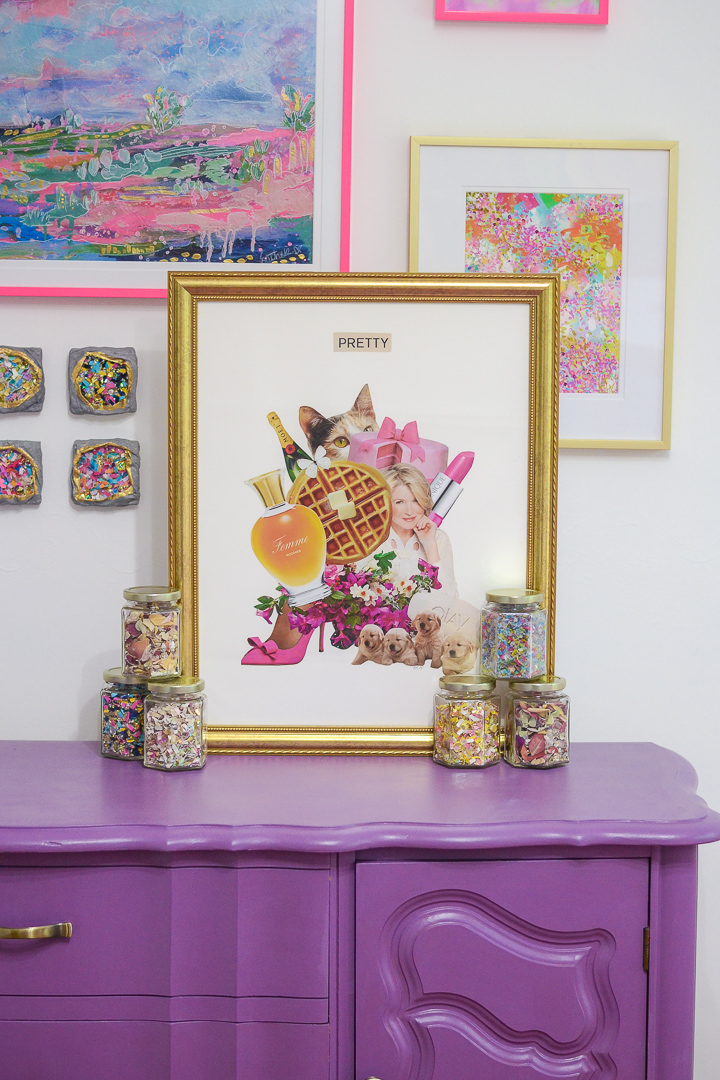
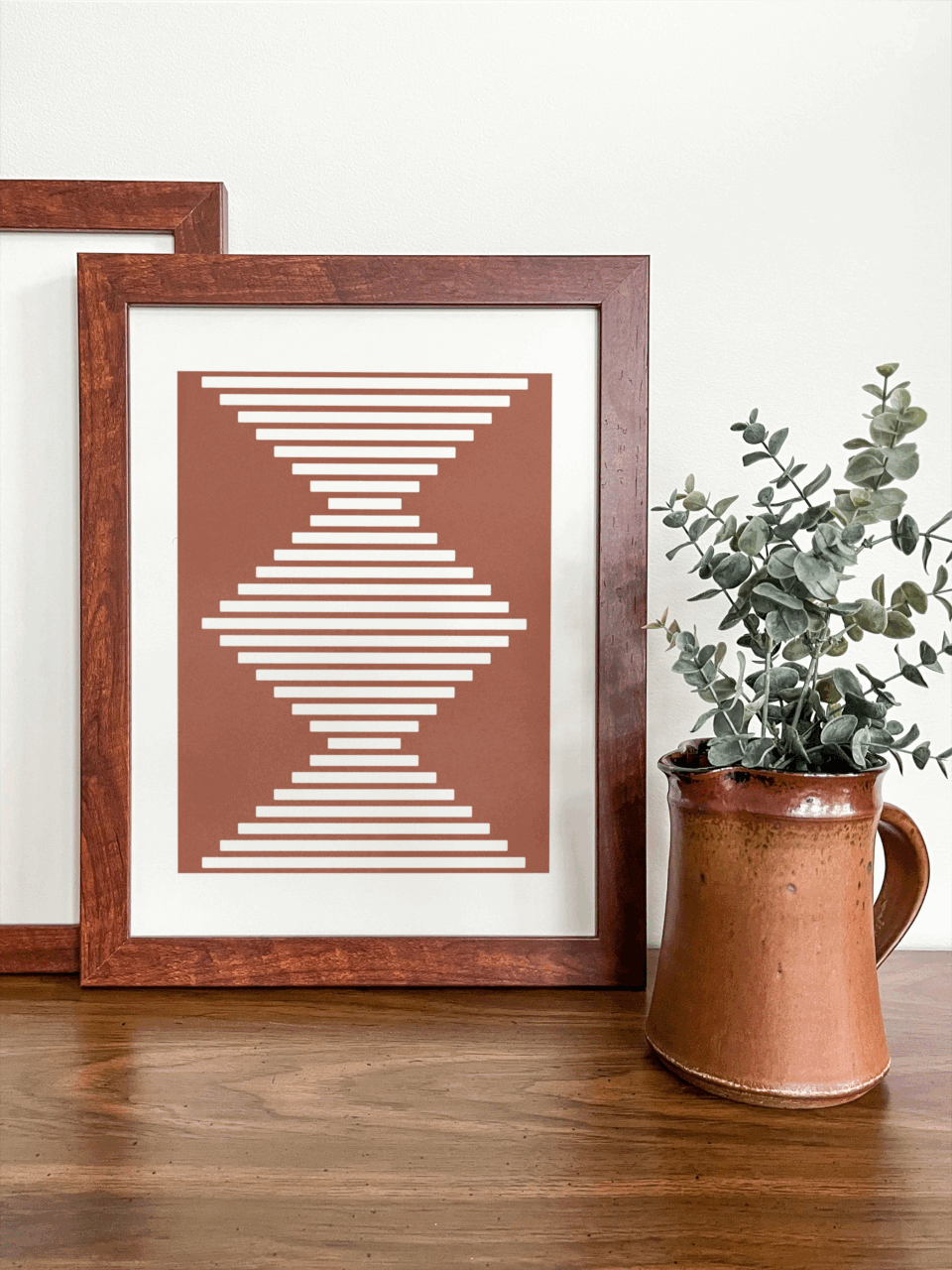
Finger-jointed poplar is crafted by gluing different pieces of natural wood stock together to create one cohesive beam of wood. They are adhered together by end pieces called finger joints (hence the name!) and then covered in a decorative pattern wrap.
While it might not have the same appeal as natural wood at first glance, it comes with plenty of advantages.
- It’s more eco-friendly, as it recycles pieces of natural wood.
- It is durable and lightweight and less prone to warping.
- Looks great on the wall and will always have a consistent color & pattern.
Due to finger-jointed poplar being an engineered type of wood, it is more cost-effective than natural wood. It is also less prone to warping and twisting, which might save you some maintenance work.
The laminate covering will also cover any imperfections/inconsistencies in the wood pieces and have a consistent grain-like pattern on it. If consistency is your main concern, we would definitely recommend ordering a wrapped wood variety.
MDF or Composite Wood

Medium-Density Fiberboard (MDF) is the most heavily engineered of the three types. While it is technically wood — at least at its base level — it is made by combining smaller pieces of sawdust together with wax or resin and then wrapping it in a decorative laminate.
It’s definitely closer to finger-jointed poplar vs. natural wood, as both are made from recycled wood products and both would come coated in a consistent, decorative wrap. Hanging on the wall, you most likely would not recognize a difference between the two from an aesthetic standpoint.
Interested in MDF picture frames? Shop our Wilton line:
MDF, like finger-jointed poplar, is also a more ecologically-friendly choice, due to the fact that you’re recycling pieces of wood, and not simply cutting down more trees to make products. It is also low-maintenance, meaning that it is less likely to crack or possibly warp, and also to swell if it got wet.
Interested in buying our picture frames wholesale? We offer discounts on volume-order picture frames. Be sure to check out our bulk picture frames information for more detail!
Which Wood Frame Types Work For You?
All three varieties have their advantages and disadvantages, so it’s hard to say which is the best. Instead, you should ask yourself which is best for your priorities. Are you considering low-cost frames? Then go with Wilton. Is Mother Nature’s charm NBD? Then go with a natural wood frame.
Maybe you’d rather have a product that is recycled and has a more consistent appearance. If this is the case, finger-jointed poplar would be your best bet. Again, there’s no right or wrong answer, and it all depends on what works best for you.
For a closer look at all of our available frames, check out our frame style info pages.
